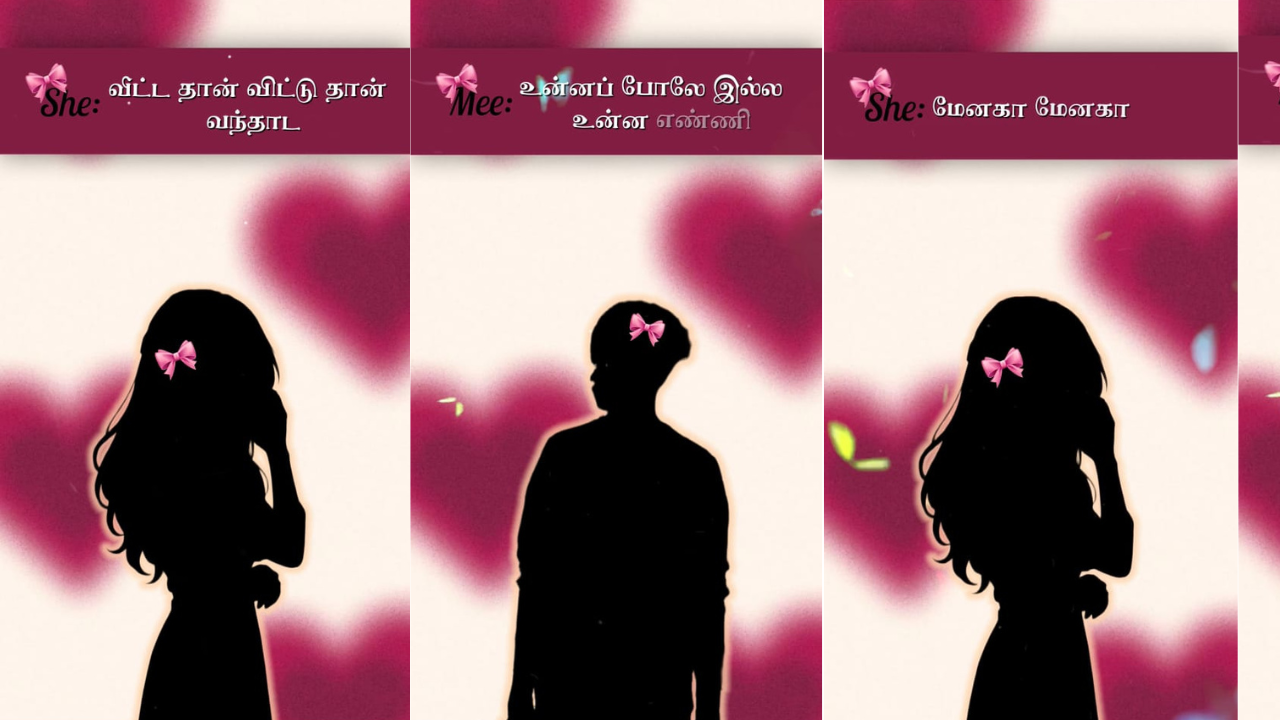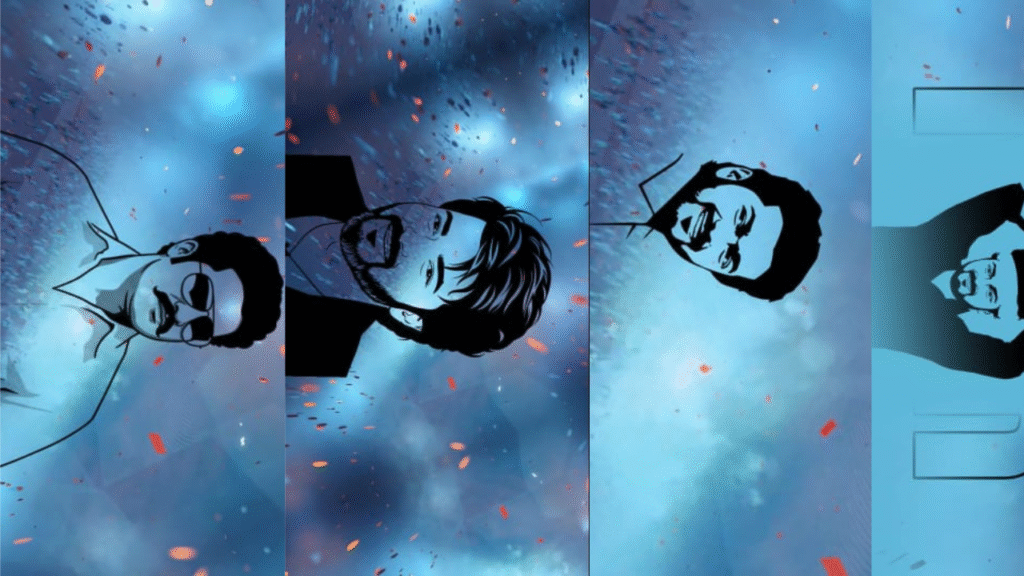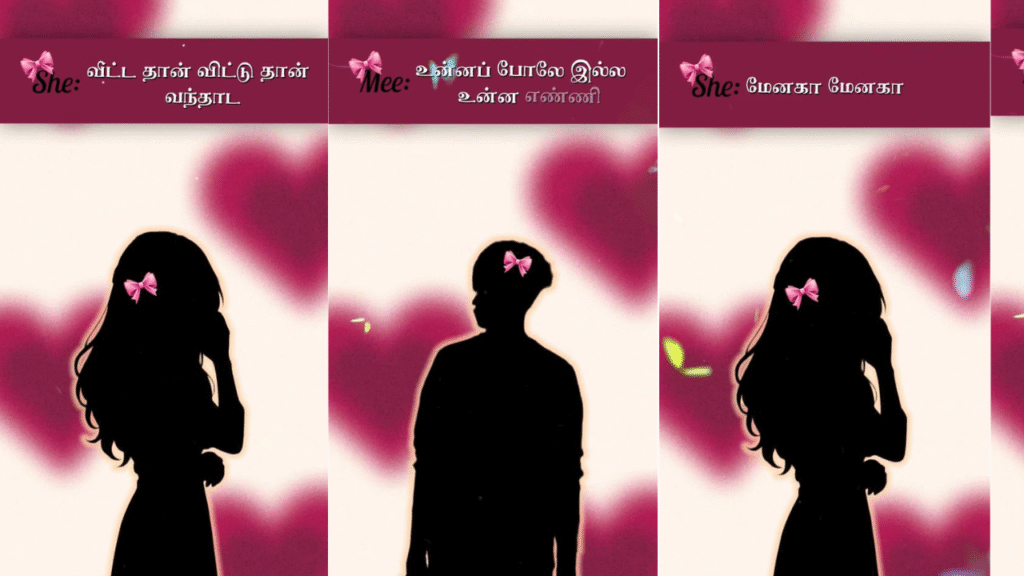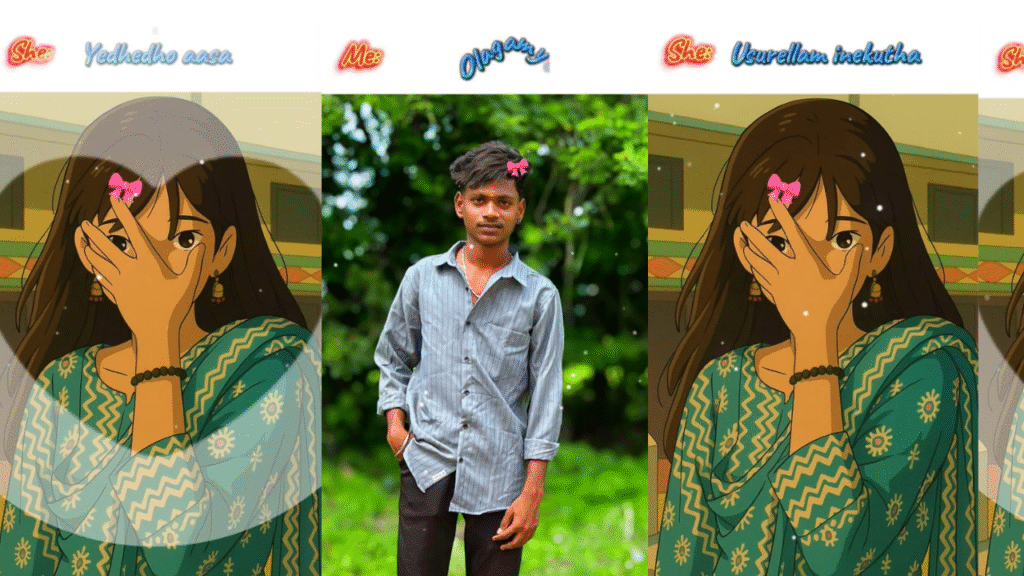The neon aesthetic is a vibrant and visually striking design style that captures the energy of glowing lights, electric hues, and futuristic vibes. Rooted in retro nostalgia yet blended with modern creativity, it evokes the atmosphere of cyberpunk cities, nightlife scenes, and digital art. This style is often used in templates for websites, presentations, and social media to grab attention and express bold individuality.
Origins and Influence
The neon aesthetic draws inspiration from the neon signage of the 1980s, a period defined by luminous advertising, arcade culture, and synthwave music. Over time, designers began to reimagine this glowing look in digital formats, merging it with futuristic and tech-inspired elements. Influences from pop culture, movies like Blade Runner, and vaporwave art have also shaped how neon design is used today.
Design Elements
A neon aesthetic template typically features dark backgrounds that enhance the glow effect of bright neon colors such as pink, blue, purple, and green. Text is often outlined with a soft glow to create a sense of depth and movement. Gradients, reflections, and neon lines add a dynamic look, while geometric shapes and abstract visuals maintain a sense of modern minimalism. The balance between darkness and luminosity is key to maintaining visual harmony.
Applications and Uses
Neon aesthetic templates are widely used in creative industries. They are ideal for music event posters, gaming interfaces, nightlife promotions, and digital portfolios. Many businesses also use them to present tech products or to appeal to younger audiences who appreciate bold, visually stimulating designs. On social media, neon-themed templates enhance visual branding and help content stand out in crowded feeds.
Creating the Perfect Neon Look
To achieve the perfect neon aesthetic, designers use high-contrast color palettes, glowing typography, and minimal yet impactful layouts. Tools like Photoshop, Canva, and Figma make it easier to apply glow effects and blend colors seamlessly. Consistency in brightness and color intensity ensures that the design remains engaging without overwhelming the viewer.
Conclusion
The neon aesthetic template is more than a design trend—it’s a statement of energy, creativity, and futuristic imagination. By blending light and color in innovative ways, this style continues to inspire designers who want their work to shine both literally and figuratively.





